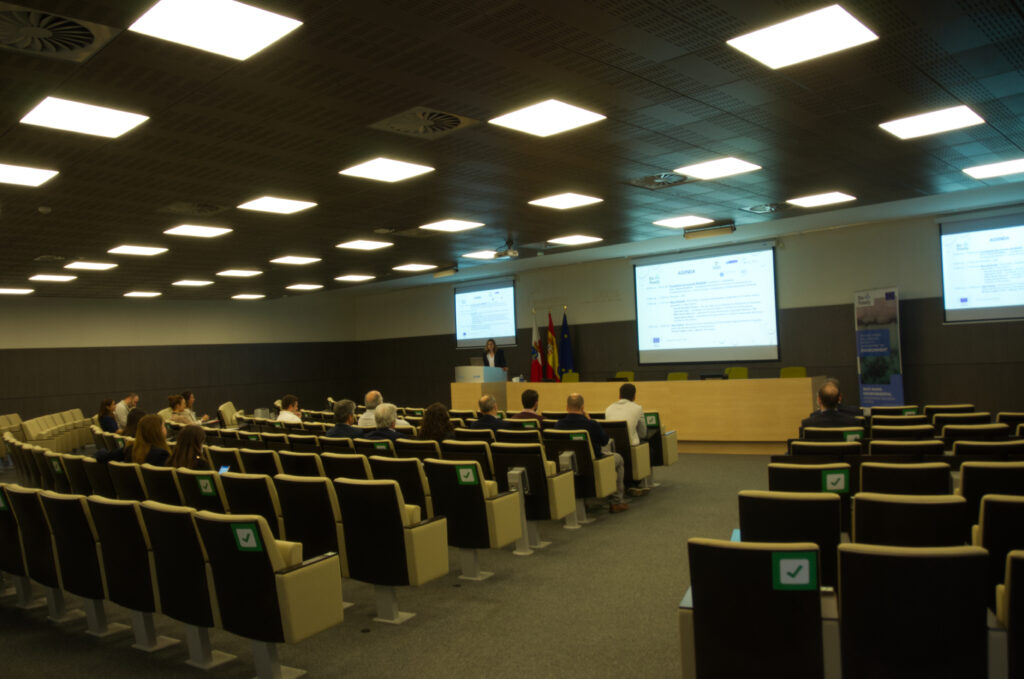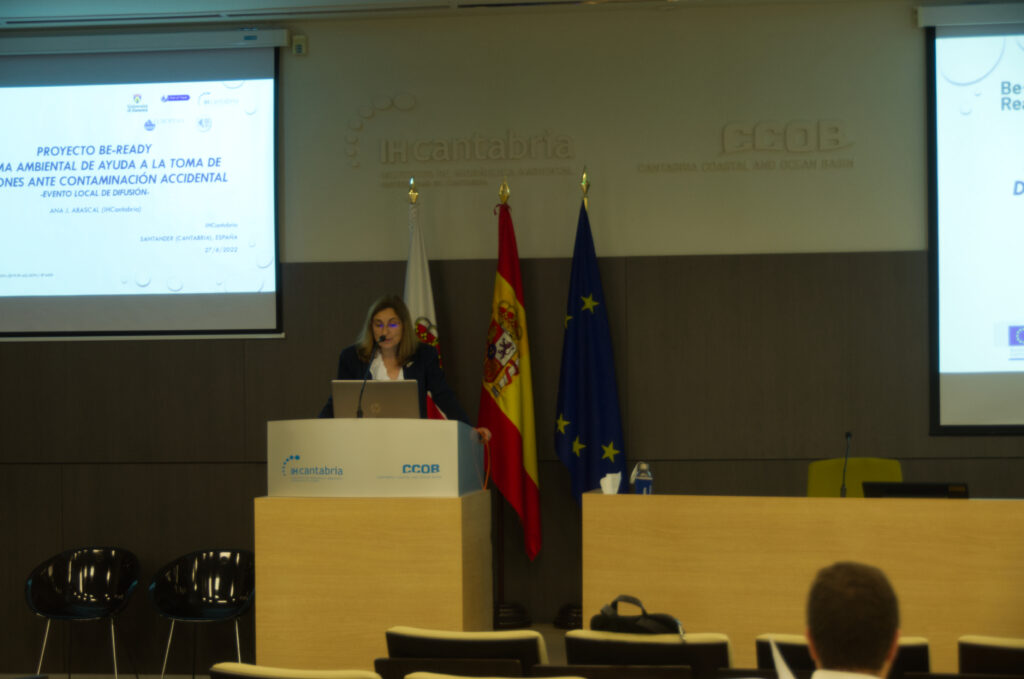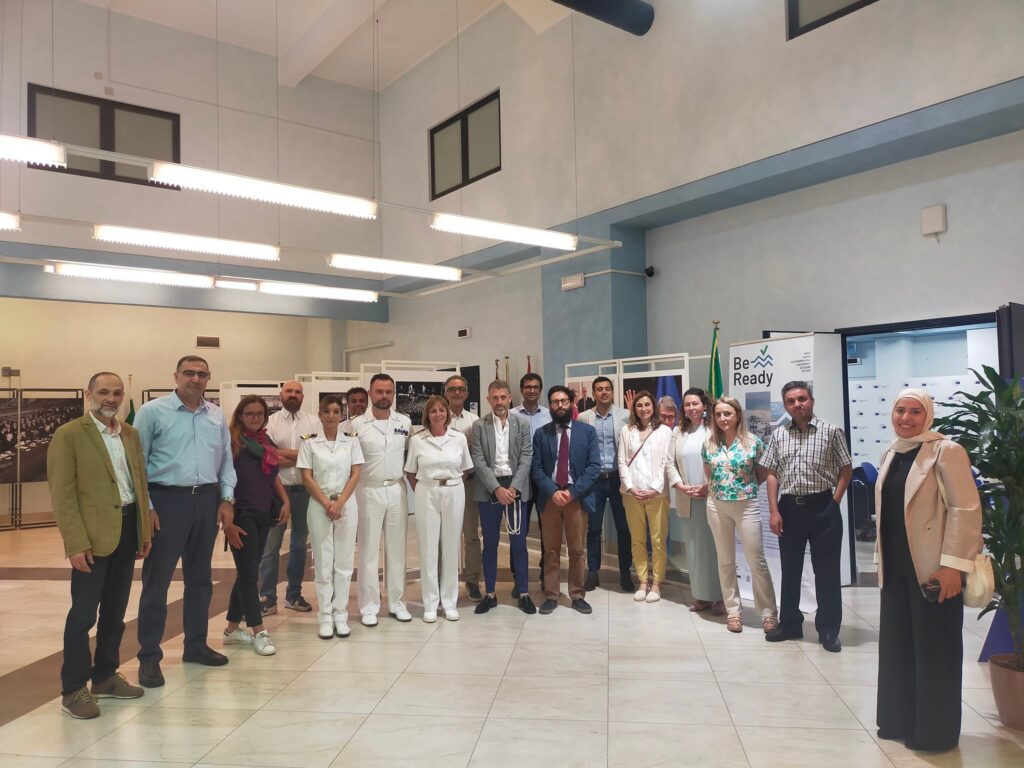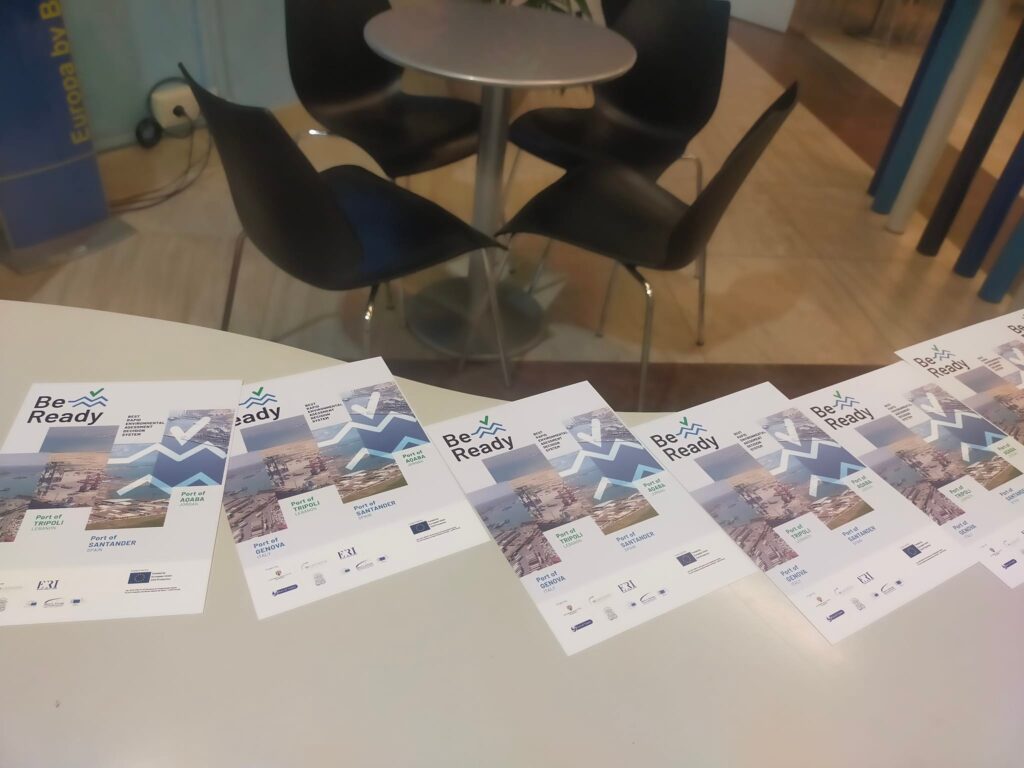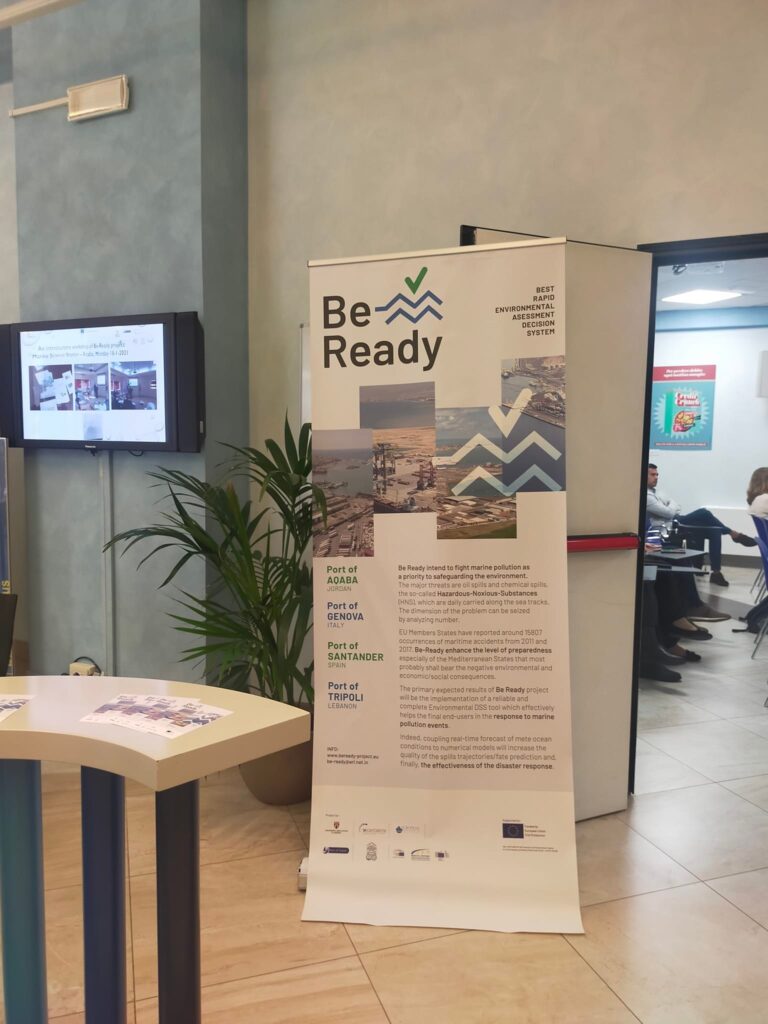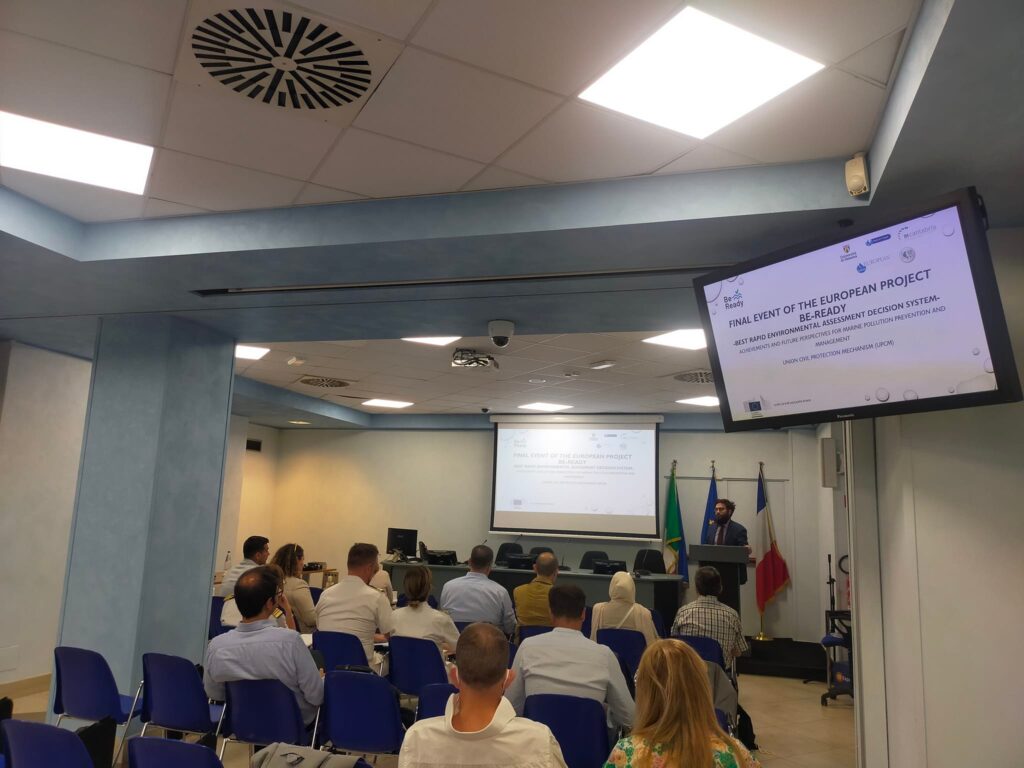The end of Be-Ready project is approaching with satisfaction and many achievements even though the concept of BE-READY will be advanced in a recent call for proposals.
The same Be-Ready partnership, extended with additional skills and knowledges provided by two innovative companies from Italy and Luxembourg, presented a proposal to the call UCPM-2022-PP, obtaining the funding for the project PROMPT which will represent an extension of the activities carried out in BE- READY and it will rely on the already implemented E-DSS.
Are you wondering what Sea PROMPT means? Sea-PROMPT stands for PReparedness for Operational Monitoring and Prediction of contaminant Transport in the Sea.
The project will deal with the dispersion of the volatile part of oil and HNS spills and the development of satellite-based tracking of oil spills and floating containers in the sea. The Decision Support System developed by Be-ready project and already in use in the port of La Spezia, Tripoli and Aqba will be then extended with the above described new features and it will extend to the Genoa harbour for the part related to the dispersion of contaminants in harbor and coastal waters. In addition to the improvement of IT tool, training and knowledge transfer dedicated to port operators and to neighboring countries’ partners will complete the project activities.
What is project innovation? The project innovation is in the use of satellites for early response solutions, the project will experiment for the first time the “container lost” correlated risk. PROMPT using sensors directly connected to satellites that can provide the position and dimension of the container lost. Moreover, the innovation is also in terms of methodology because within PROMPT we will also investigate risks connected to biodiversity impacts.
Are you interested in more? We will updates you by publishing PROMPT developments on this website!



